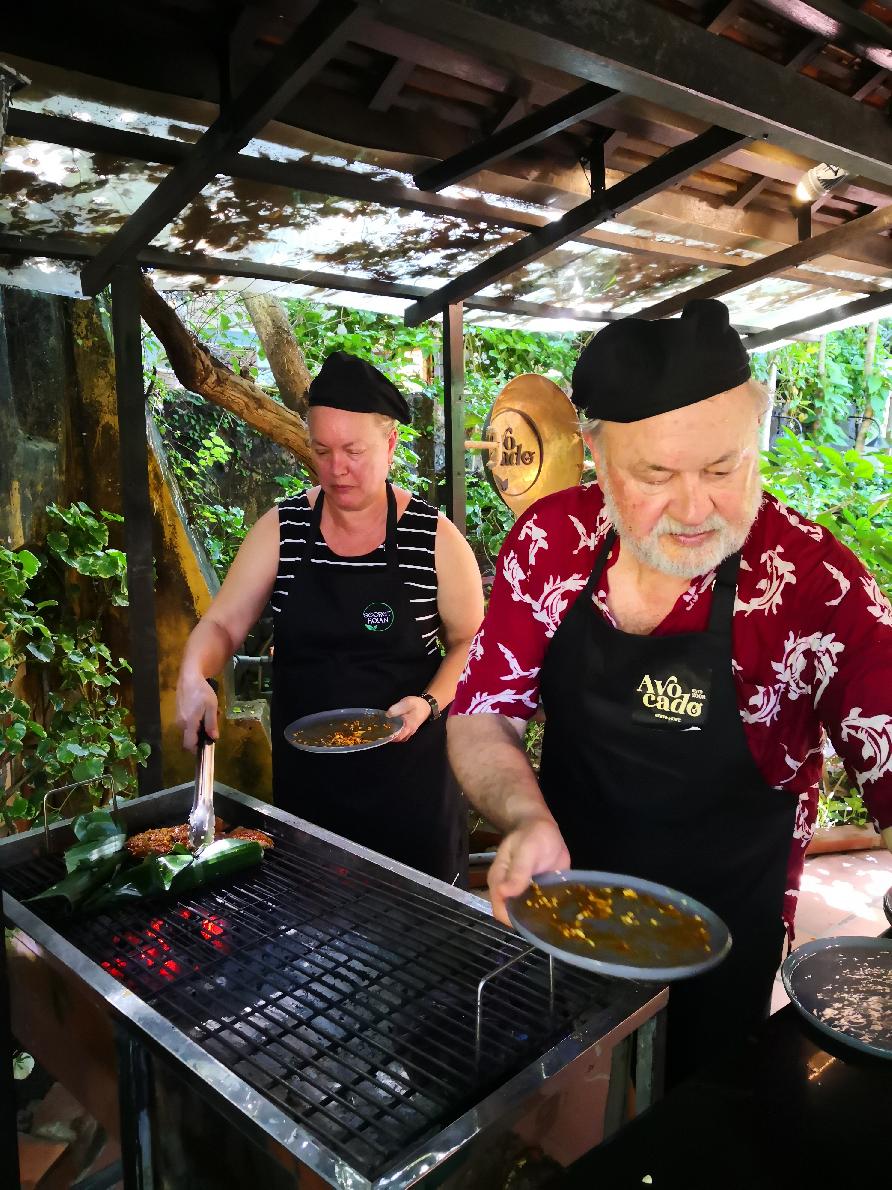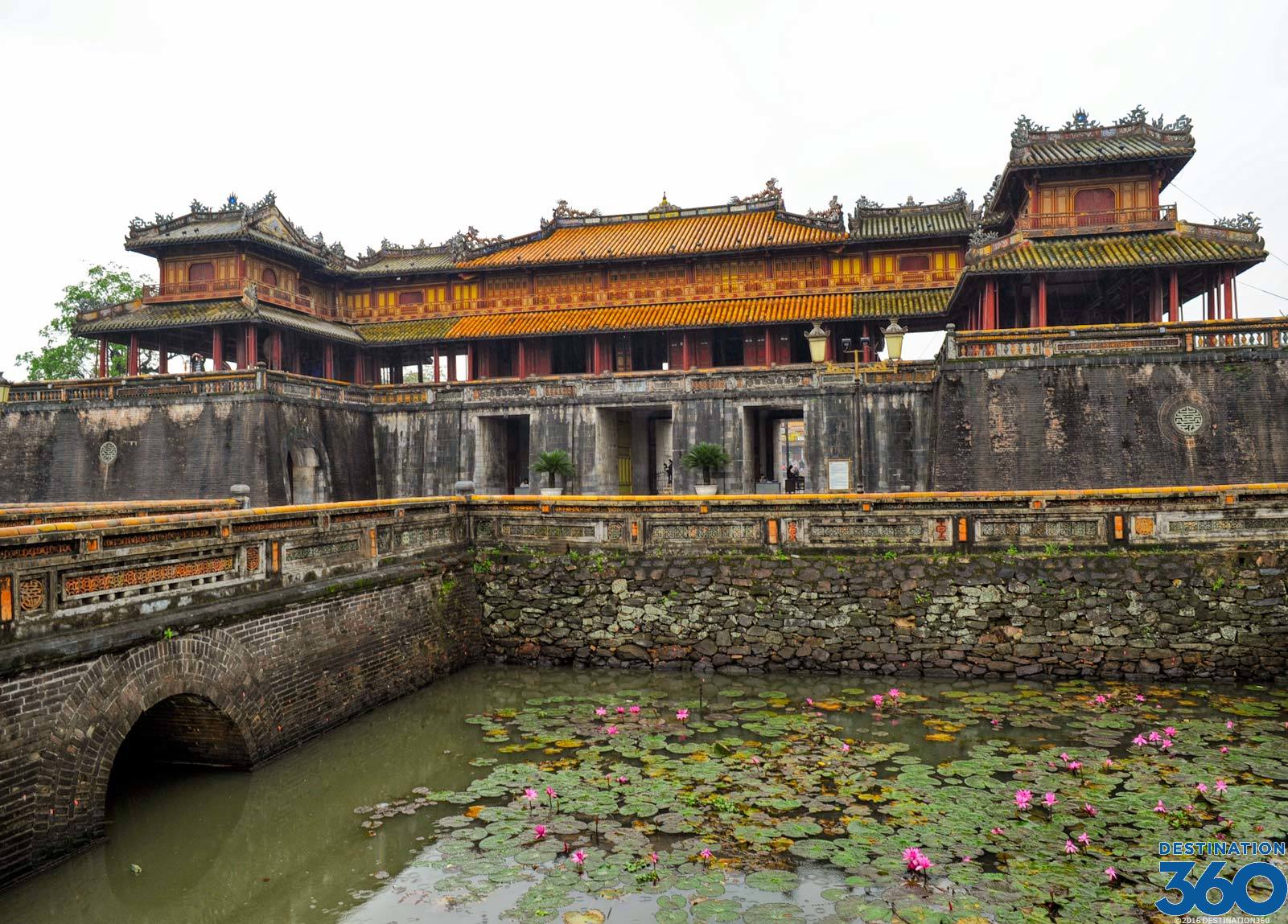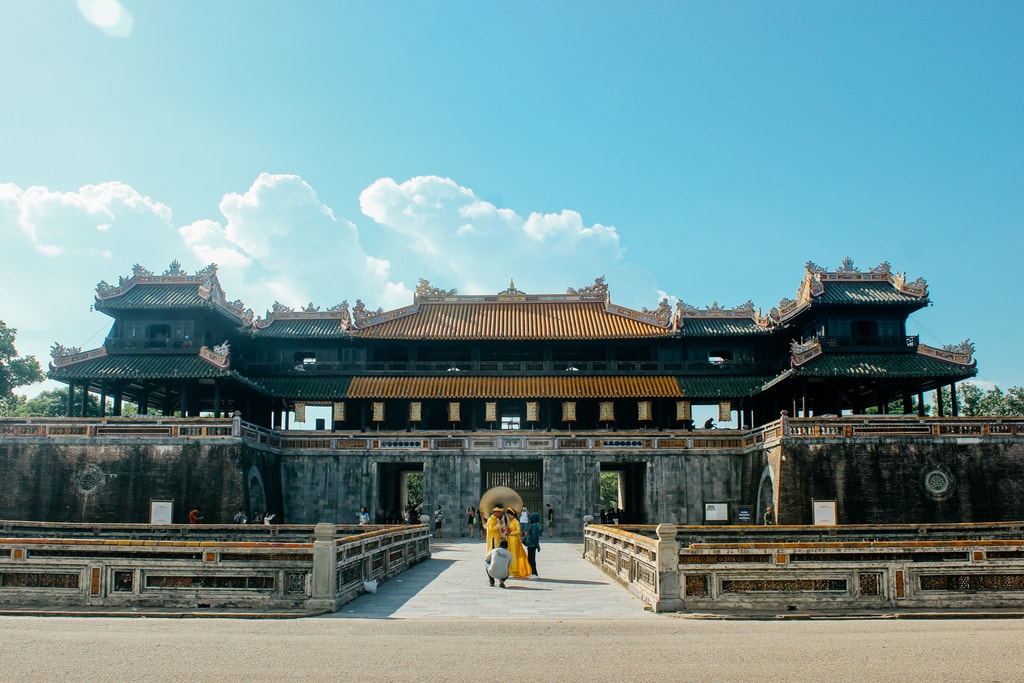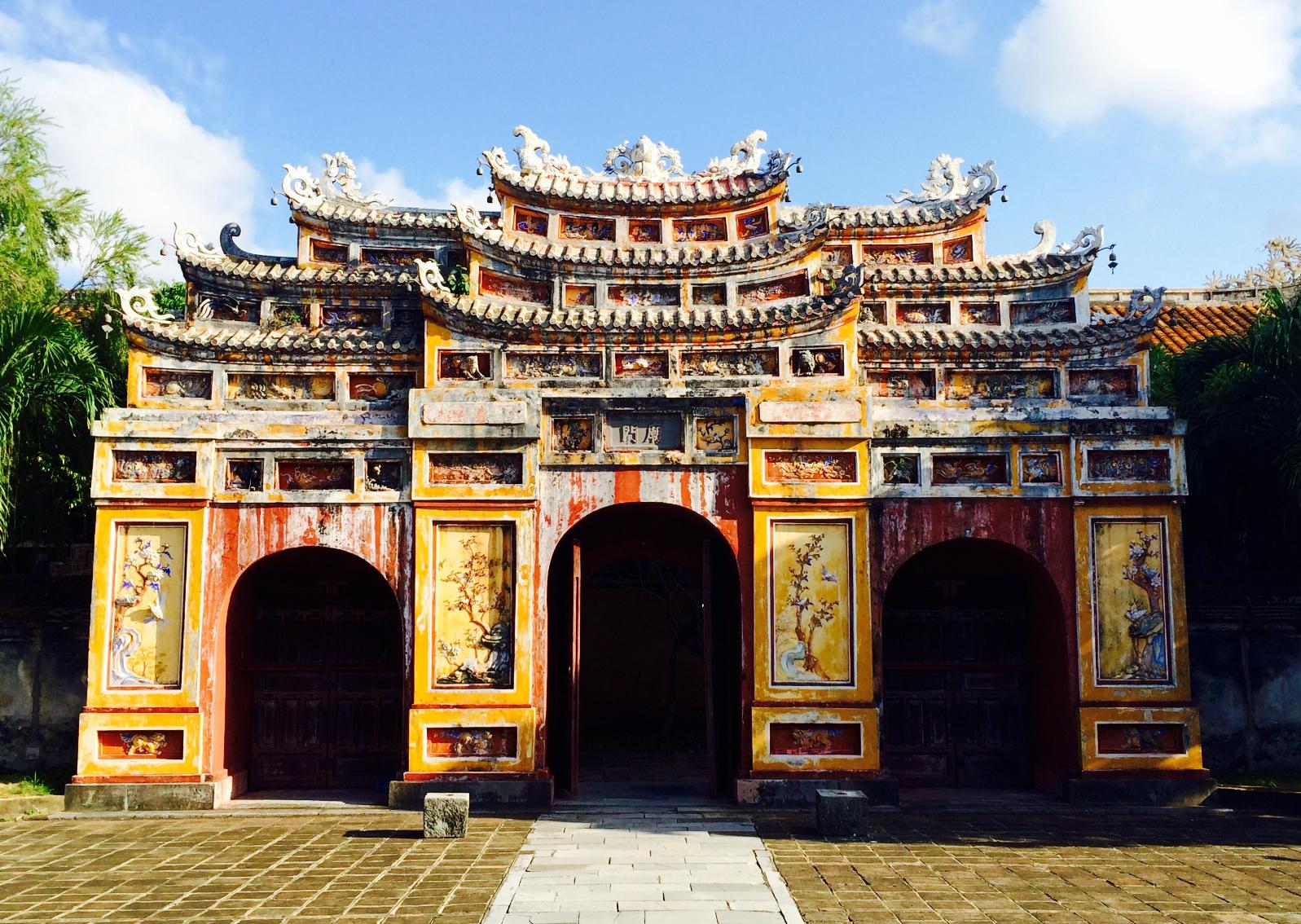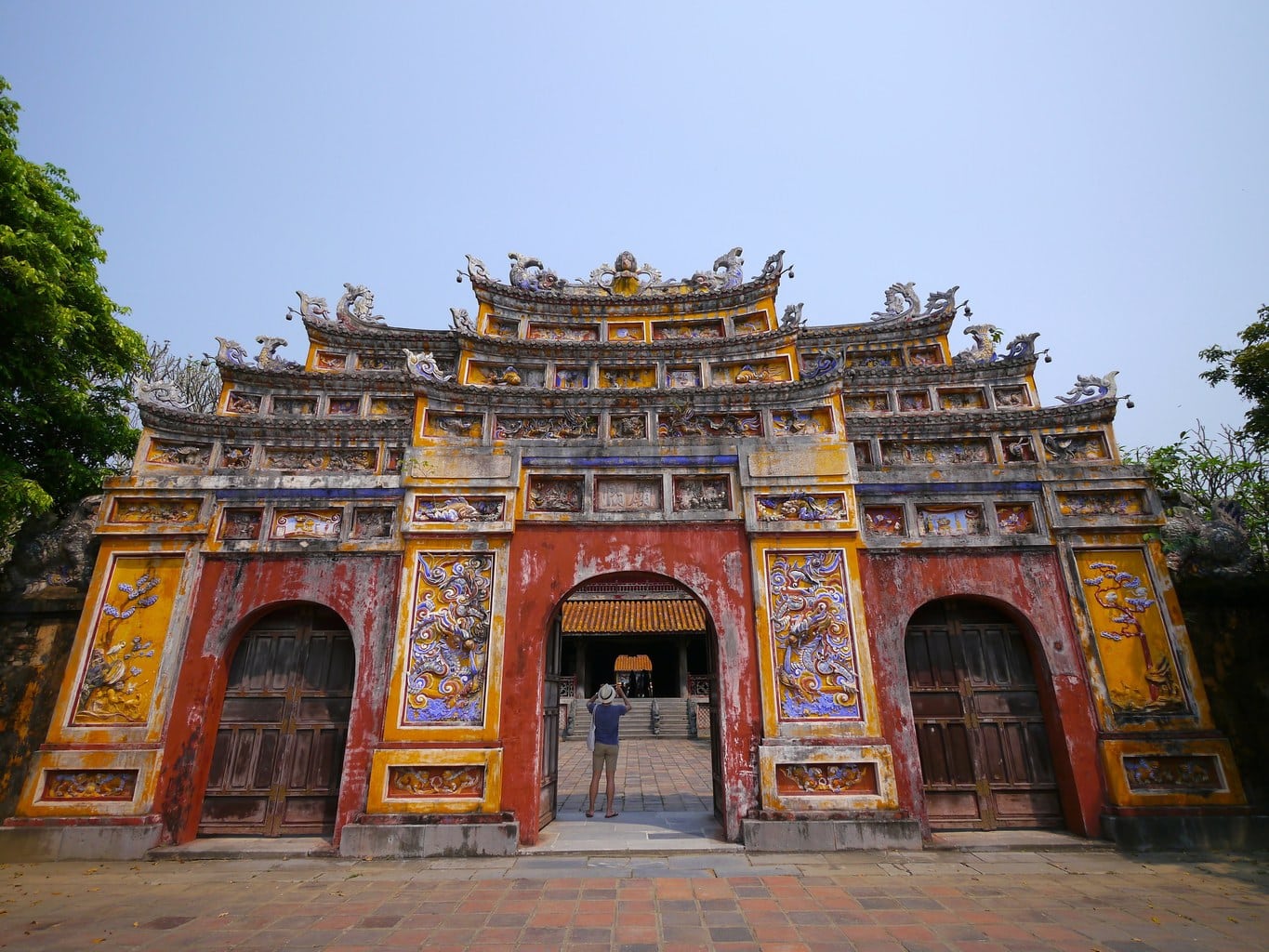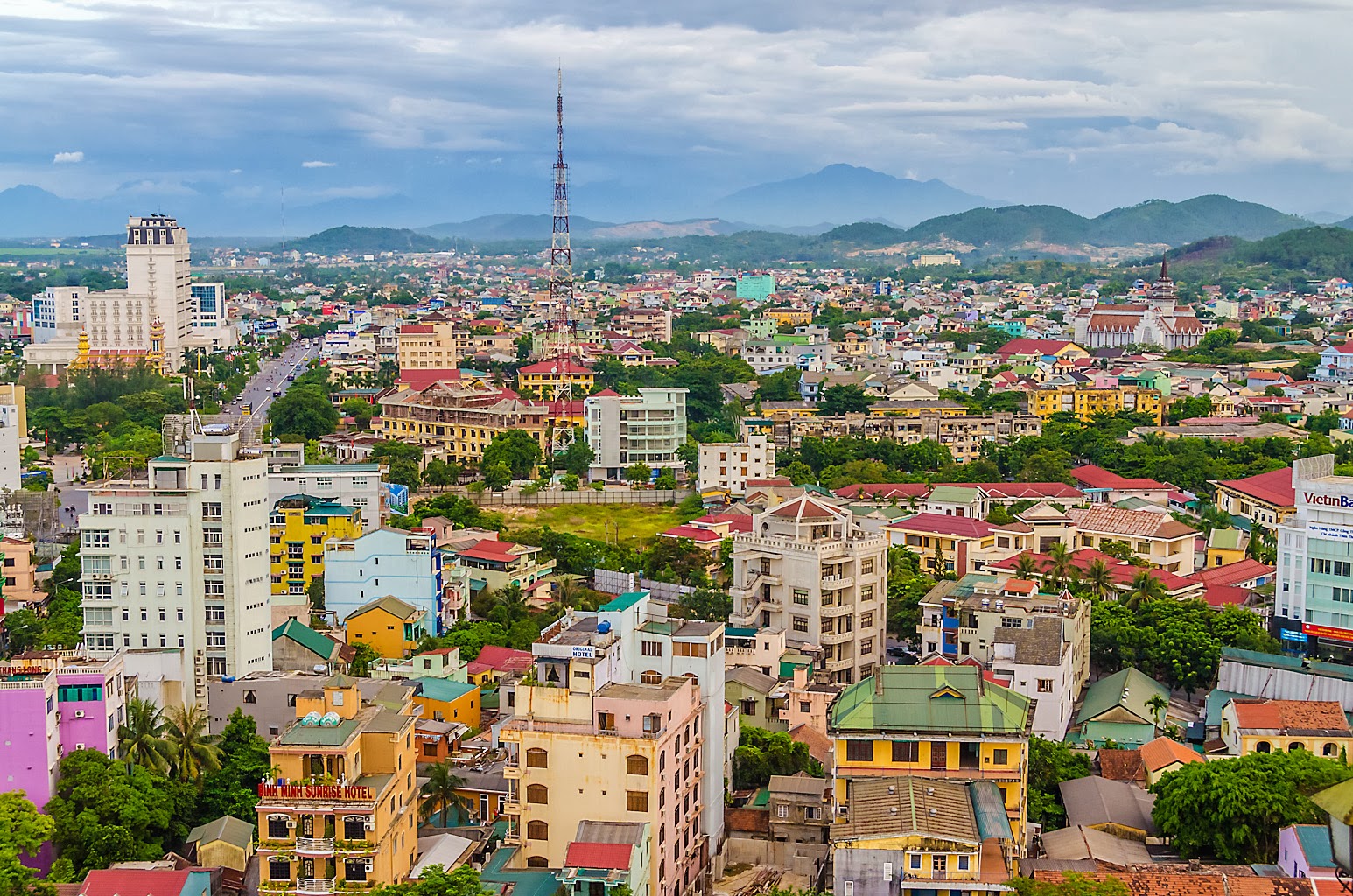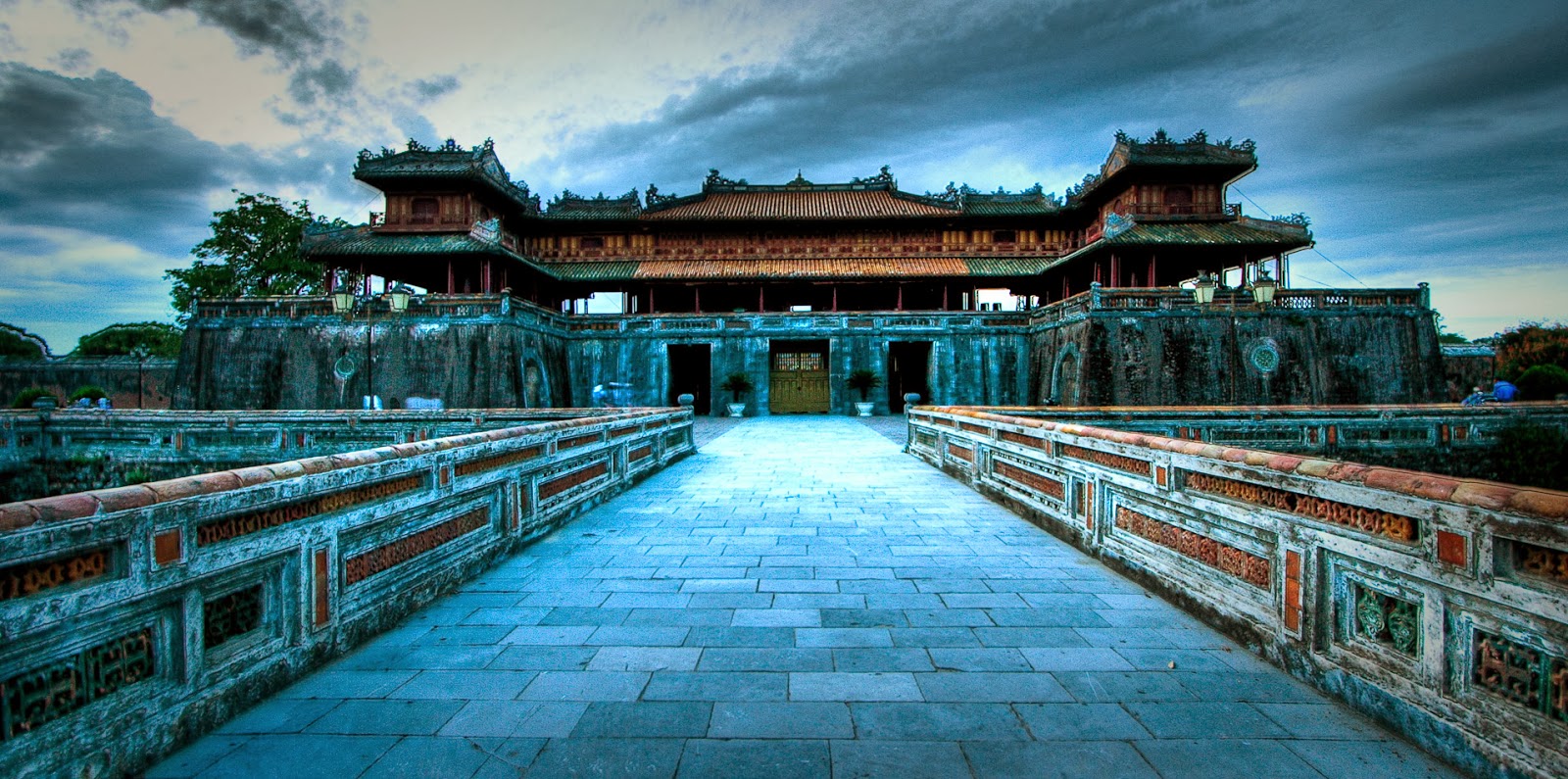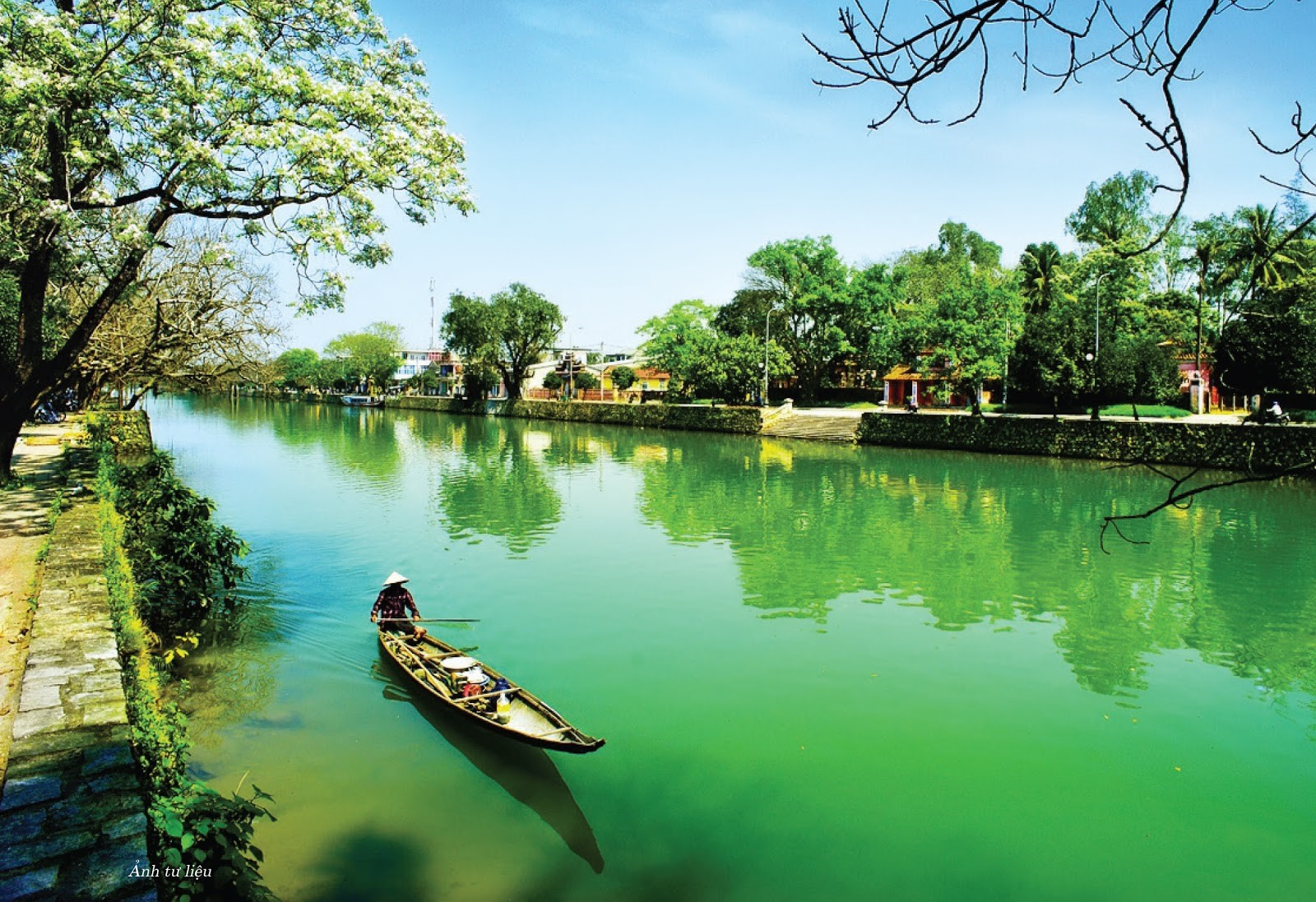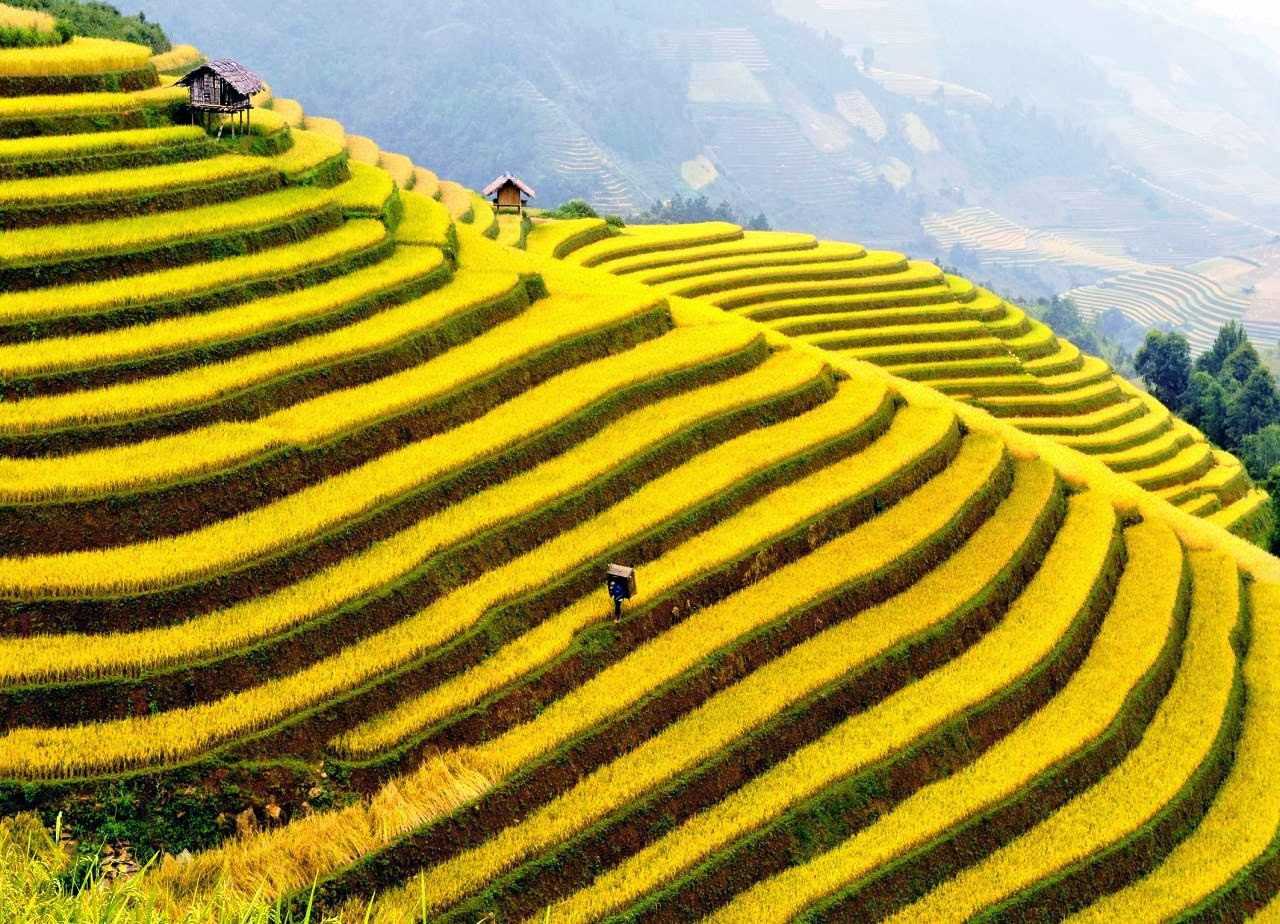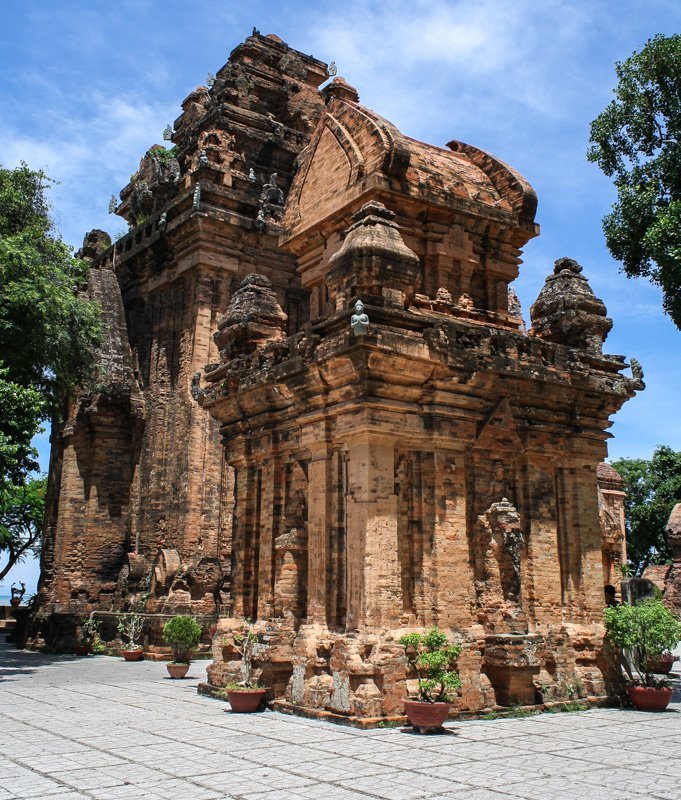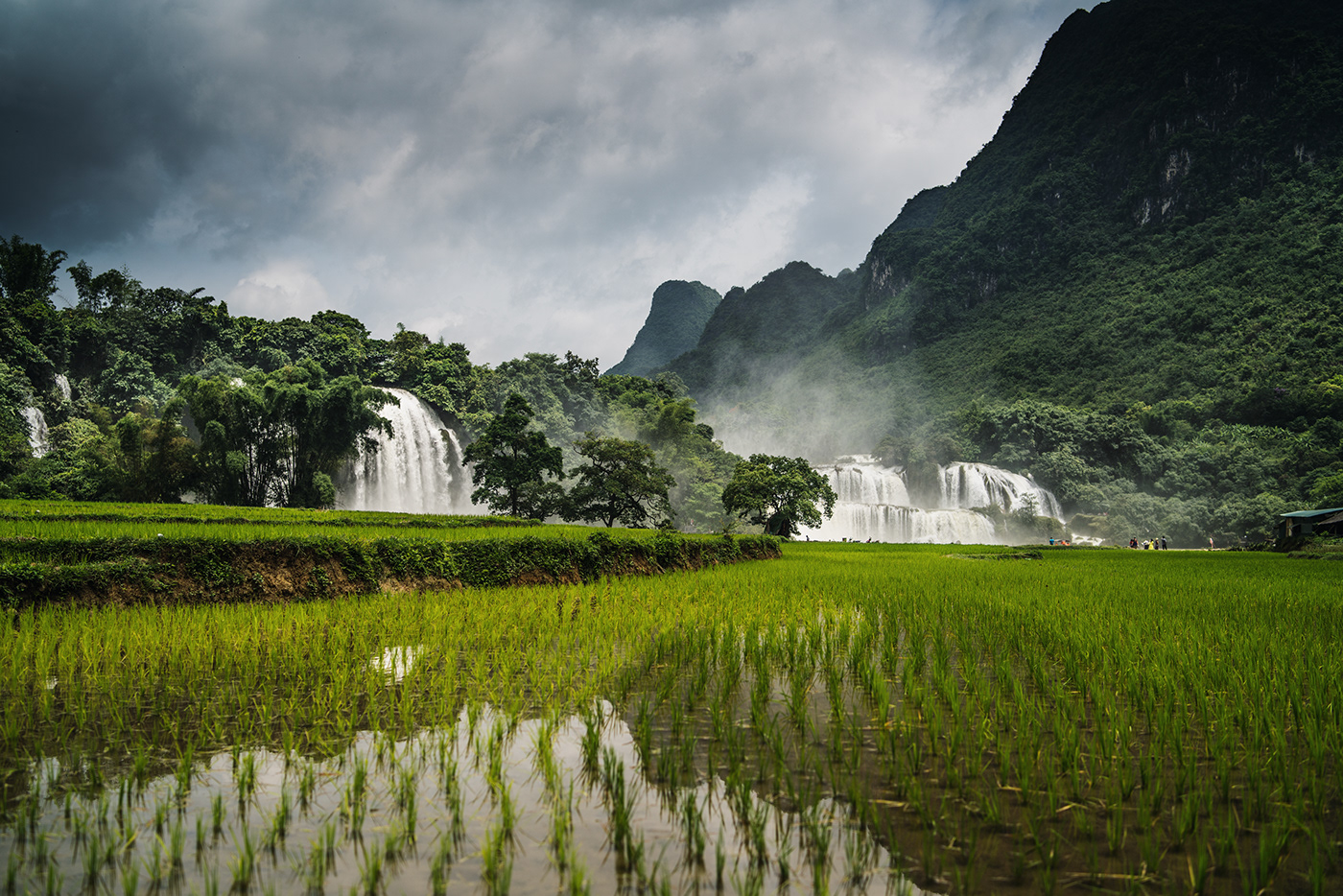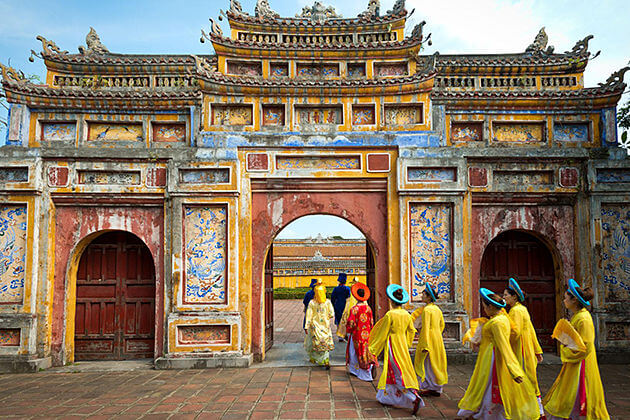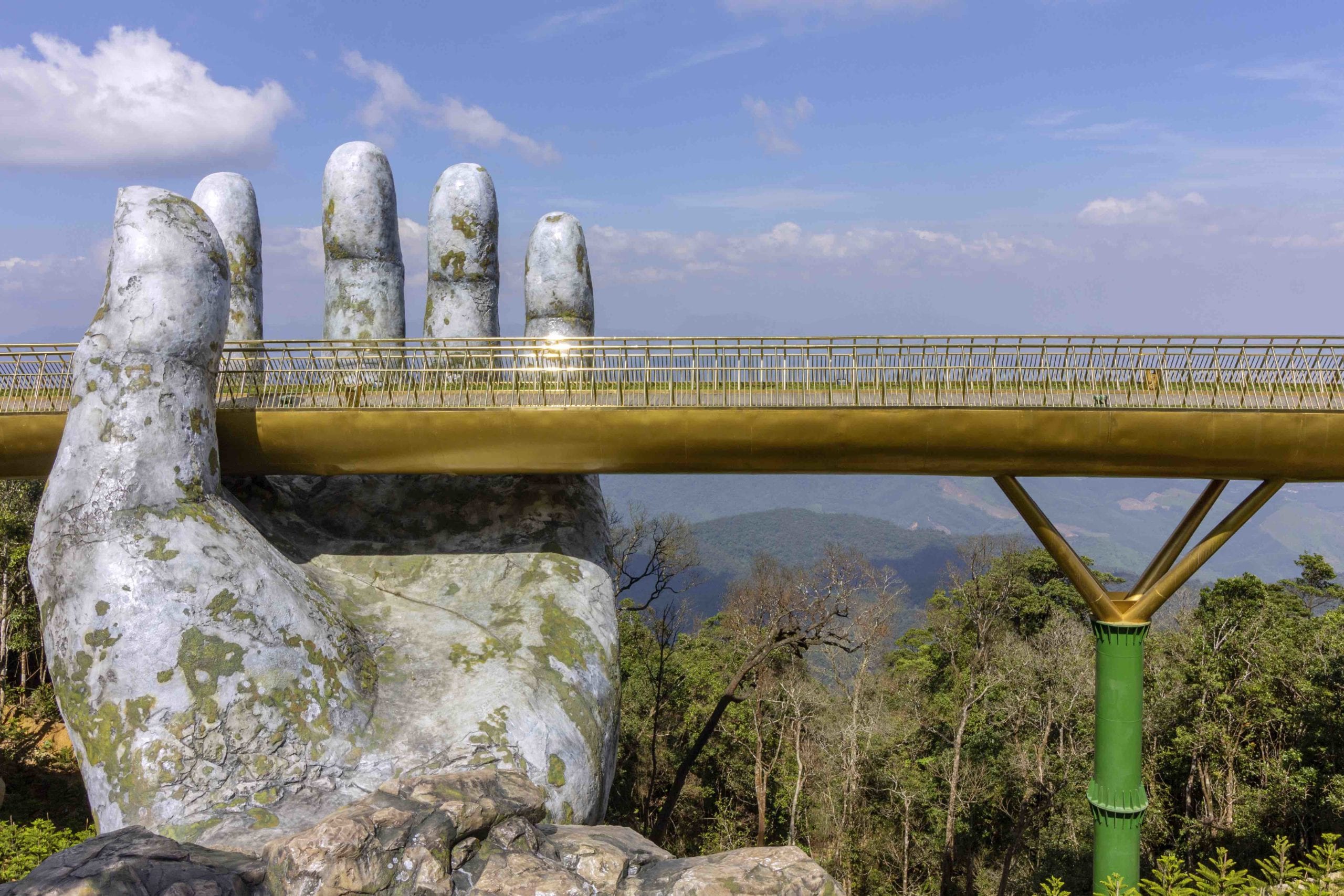
AsianOverland.net
Tour Guide - Itinerary
Asian Overland Sydney to London
Started 22/06/2022 Finished 21/06/2023365 Days ITINERARY
Day 67 date 27/08/2022HO CHI MINH CITY (SAIGON) to HOI AN, VIETNAM
ASIANOVERLAND.NET SYDNEY TO LONDON DAY 67: HO CHI MINH CITY (SAIGON) TO HOI AN, VIETNAM
Between the seventh and 10th centuries, the people of Champa controlled the strategic spice trade, creating tremendous wealth which was used to build ancient cities in central Vietnam.
The early history of Hội An (south of the port of Da Nang), is that of the Cham, Austronesian-speaking people who created the Champa Empire and occupied most of what is now central and lower Vietnam, from Huế to Nha Trang. In the early years, Mỹ Sơn was the spiritual capital, Trà Kiệu was the political capital and Hội An was the commercial capital of the Champa Empire. Later, by the 14th century, the Cham moved further south towards Nha Trang. The river system was used for the transport of goods between the highlands, inland countries of Laos and Thailand, and the low lands.
Old Town Hội An, the city's historic district, is an exceptionally well-preserved Southeast Asian trading port dating from the 15th to the 19th century, its buildings and street plan reflecting a blend of indigenous and foreign influences. Prominent in the city's old town is its covered "Japanese Bridge", dating to the 16th century.
Hội An has a population of 120,000 and is a UNESCO World Heritage Site. Together with the Cu Lao Cham archipelago, it is part of the Cu Lao Cham-Hoi An Biosphere Reserve.
North of the port of Da Nang is the ancient city of Hue. The oldest ruins in Hue are from the Kingdom of Lam Ap, dating to the 4th century AD. The ruins of its capital, the ancient city of Kandarpapura ('the city where Śiva burnt Kama'), is three kilometers to the west of Hue. During the reign of Kandarpadharma (r. 629–640) Kandarpapura was extended and named after the king. Another Champa ruin in the region, the ancient city of Hoa Chau, dates back to the 9th century.
The Thiên Mụ Temple (Temple of the Celestial Lady) is a historic temple built in 1601 on the order of the first Nguyen Lord, who at that time was the governor of Thuận Hóa (Huế). Its iconic seven-story Phước Duyên pagoda is the unofficial symbol of Hue. Nguyen Lords were nominally officials of the ruling Lê Dynasty in Hanoi, but were de facto rulers of central Vietnam. According to royal records, a Nguyen Lord was told a local legend in which an old lady, known as Thiên Mụ ("celestial lady"), dressed in red and blue, sat at the site, rubbing her cheeks. She foretold that a lord would come and erect a pagoda on the hill to pray for the country's prosperity. She then vanished after making her prophecy. Upon hearing this legend, Hoang ordered the construction of a temple at the site, the Thiên Mụ Tự pagoda.
In 1802, Nguyen Phuc Anh (later Emperor Gia Long) established control over the whole of Vietnam, made Hue the national capital, and built the Imperial City, a walled enclosure within the citadel of the city of Huế.
It contains the palaces that housed the imperial family, as well as shrines, gardens, and villas for mandarins.
During the French colonial period, Hue remained the seat of the Imperial Palace until 1945, when Emperor Bao Dai abdicated and the Democratic Republic of Vietnam (DRV) government was established with its capital at Ha Noi (Hanoi), in the north.
In 1949 Bao Dai was proclaimed "Head of the State of Vietnam" with the help of the returning French colonialists (but not by the communists or Vietnamese people), his new capital being Sai Gon (Saigon), in the south.
Hue was the battleground for the Battle of Huế, one of the longest and bloodiest battles of the Vietnam War. Hue is close to the border between the North and South, and was extremely vulnerable in the Vietnam War. In the Tet Offensive of 1968, during the Battle of Hue, the city suffered devastating damage to its ancient physical features, from massive American military bombing of historic buildings held by the North Vietnamese, as well as the massacre at Hue.
Since the American War's conclusion in 1975, many of the historic features of Huế have been restored, and the city is a centre for tourism and transportation in central Vietnam.
The cuisine of Hue forms the heart of Central Vietnamese cuisine, including prominent vegetarianism, with all-vegetarian restaurants scattered through the city to serve locals who have a strong tradition of eating a vegetarian meal twice a month, part of their Buddhist beliefs. Another feature of Hue dishes is the relatively small serving size, with refined presentation, a vestige of its royal cuisine. Hue cuisine is often very spicy, much more spicy than Saigon or Thai cuisine.
Hue cuisine has both luxurious and popular rustic dishes. With a rich history, Hue's royal cuisine combines both taste and aesthetics, consisting of several distinctive dishes from small and delicate creations, originally made to please the appetites of Nguyen feudal lords, emperors, and their hundreds of concubines and wives.
© This work is copyright. Apart from any use permitted under the Copyright Act 1968, no part may be reproduced by any process, nor may any other exclusive right be exercised, without the permission of Peter Searle, peter@portseavillageresort.com; 1980-2024.
Website built by Justin O’Dea www.webdeveloperdocklands.com.au

